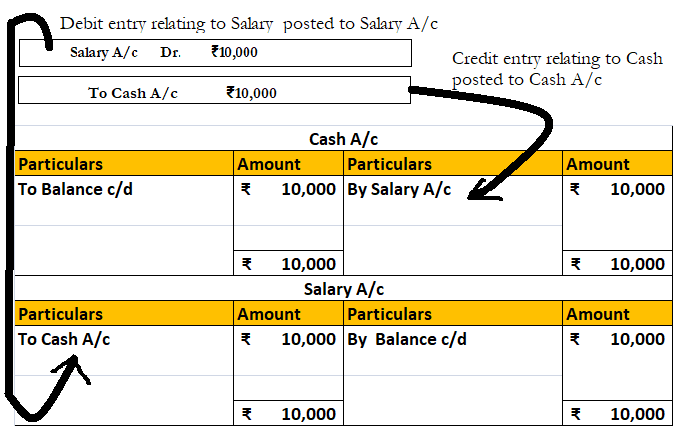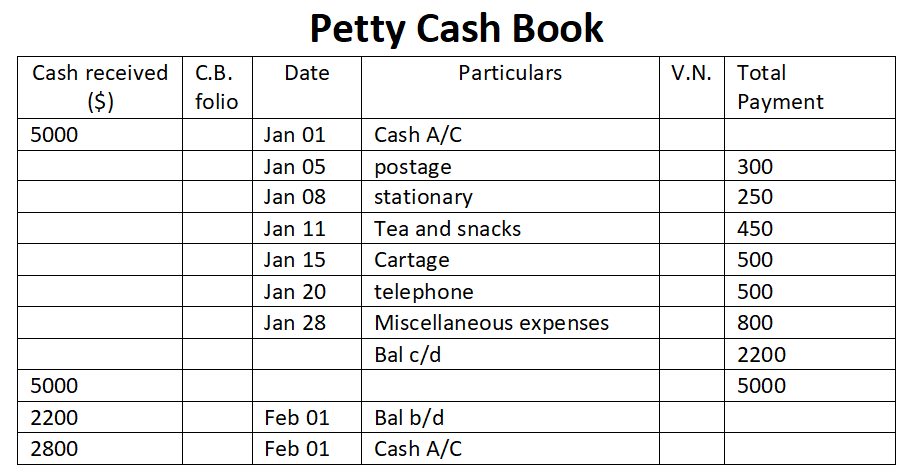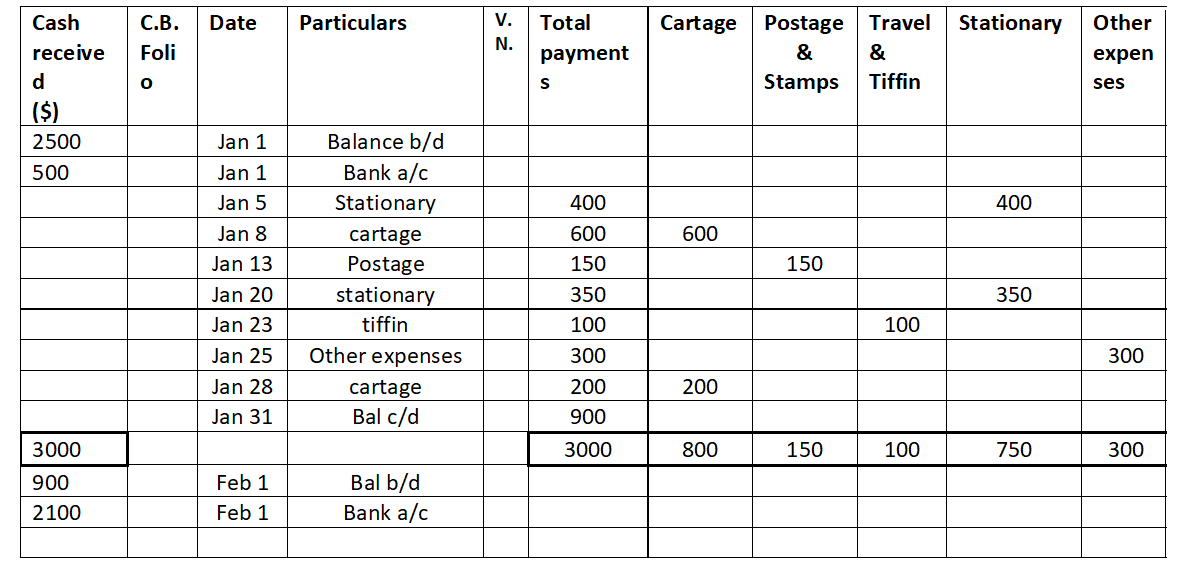Outstanding Income is the income that is due and is being earned but not yet received. The person/ firm has the legal rights to receive that part of the income which it has earned. Outstanding Income is an Asset Account for the business/ the person. According to the modern approach, for Asset AccounRead more
Outstanding Income is the income that is due and is being earned but not yet received. The person/ firm has the legal rights to receive that part of the income which it has earned.
Outstanding Income is an Asset Account for the business/ the person.
According to the modern approach, for Asset Account:
- When there is an increase in the Asset, it is Debited.
- When there is a decrease in Asset, it is Credited.
So the journal entry will be-
For Example, Mr. Rashid works as a laborer in a factory and he earns wages @Rs 500/day.
So by the end of the week, he receives a payment of Rs 3000 of Rs 3500 i.e. he receives payment of 6 days instead of 7 days. So here Rs 500 would be an outstanding income of Mr. Rashid as he has earned that income but has not received it yet.
Journal Entry –
Another example, Yes Bank gave a loan of Rs 10,00,000 to company Ford @ 10% as interest payable monthly. The interest for one month i.e. Rs 1,00,000 has not been received by Yes Bank which is being due. So it will be outstanding income for Yes Bank since it is due but not yet received.
Journal entry-
Accounting Treatment for Outstanding Income-
- Treatment in Income Statement
The Outstanding Income is shown on the credit side of the income statement as the income is earned for the current year but not yet received.
- Treatment in Balance Sheet
Outstanding Income is an Asset for the business and hence shown on the Assets side of the balance sheet.
See less









Depreciation on Tools and Equipment Tools and Equipment are the instruments that are used for producing any product, machine, or service. Also, tools and equipment are a part of plants and machinery, making them a major fixed asset. Therefore, a certain percentage of depreciation is charged on ToolsRead more
Depreciation on Tools and Equipment
Tools and Equipment are the instruments that are used for producing any product, machine, or service. Also, tools and equipment are a part of plants and machinery, making them a major fixed asset. Therefore, a certain percentage of depreciation is charged on Tools and Equipment.
As we’re aware, depreciation refers to a process in which assets lose their value over time until it becomes obsolete or zero. It is chargeable on the fixed assets and it ultimately results in depreciation of the value of fixed assets except, land. The land is an exception in fixed assets as where all the fixed assets are depreciated, the land’s value is appreciated over time.
The rate of depreciation as per the Income Tax Act on tools and equipment (plant and machinery) is 15%.
Example
Suppose given below are the details regarding the tools and equipment:
And, we’re required to calculate the value of the tools and equipment as on 1-Mar-22
In this, as we can see the business’ accounting period starts in March and ends in April. Therefore, we can easily deduct the depreciation amount and get the desired result.
Solution: Opening Value = $30,000
Depreciation = 15% of $30,000 = $4,500
Value of tools and equipment as on 1-Mar-22 = $30,000 – $4500 = $25,500
See less